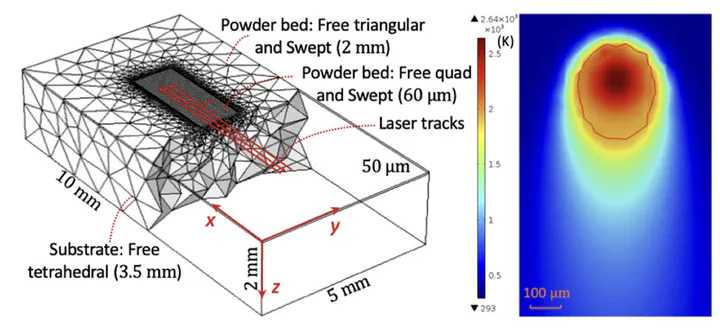Multi-Track Melt Pool Width Modeling in Powder Bed Fusion Additive Manufacturing

Abstract
While powder bed fusion (PBF) additive manufacturing offers many advantages and exciting applications, its broader adoption is hindered by issues with reliability and variations during the manufacturing process. To address this, researchers have identified the importance of using both finite element modeling and control-oriented modeling to predict and improve the quality of printed parts. In this paper, we propose a novel control-oriented multi-track melt pool width model that utilizes the superposition principle to account for the complex thermal interactions that occur during PBF. We validate the effectiveness of the model by applying a finite element model of the thermal fields in PBF.
Type
Publication
ASME Letters in Dynamic Systems and Control